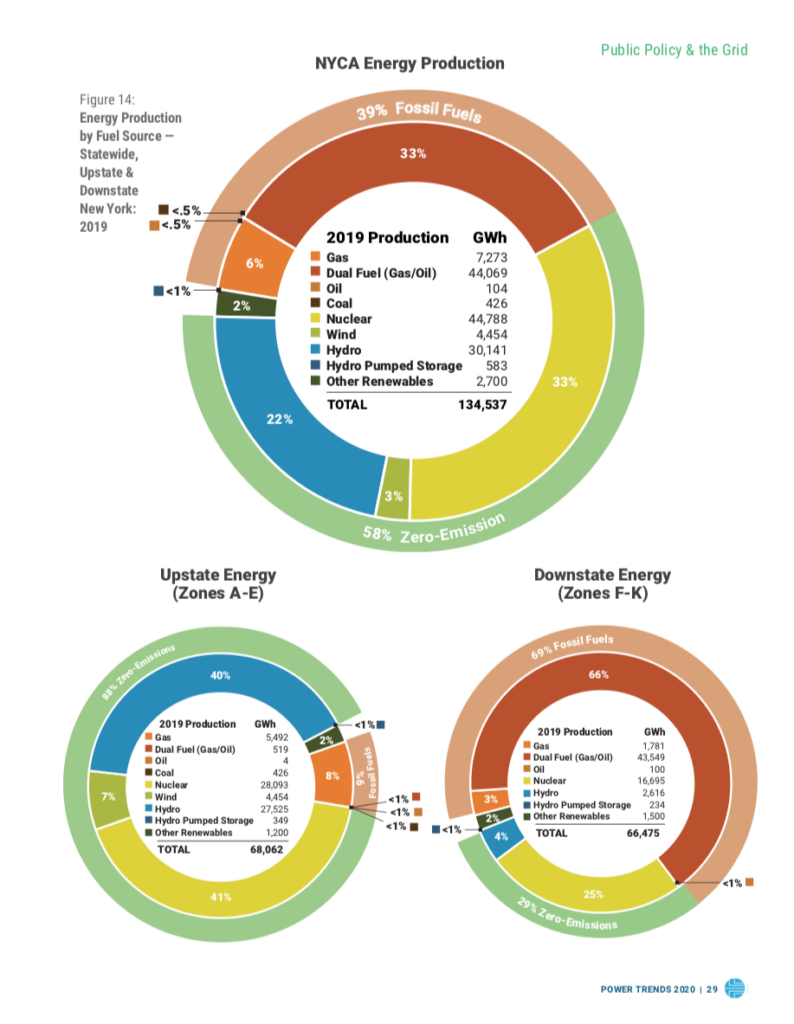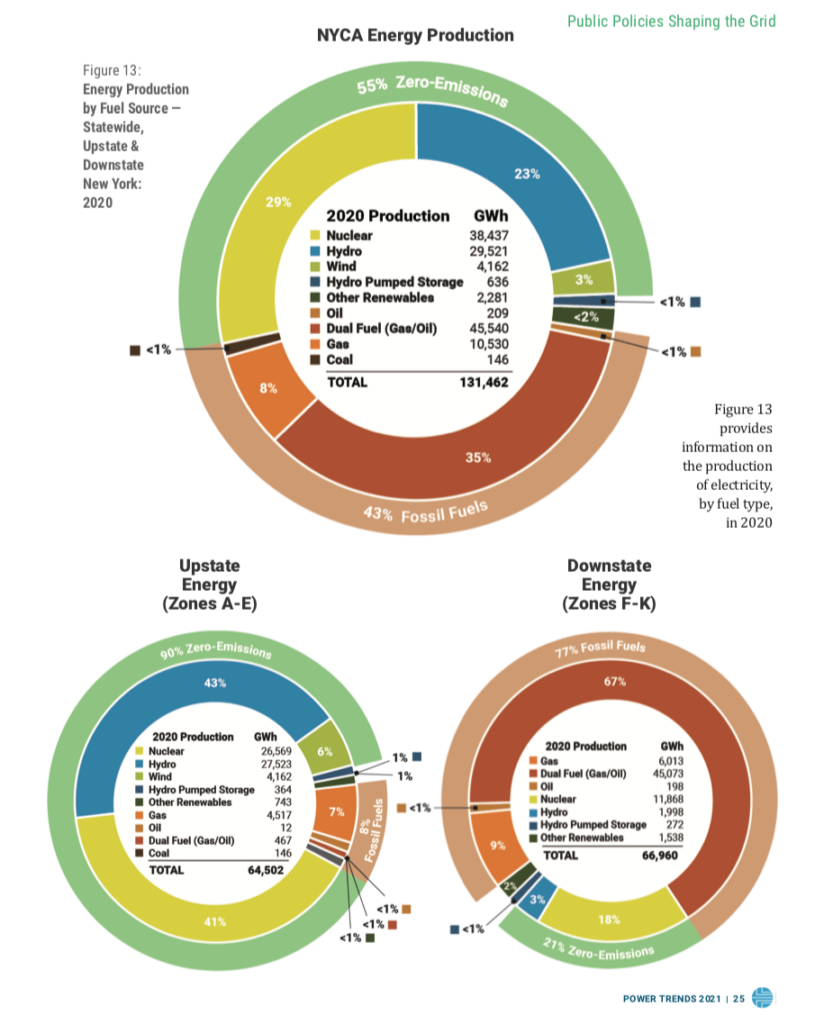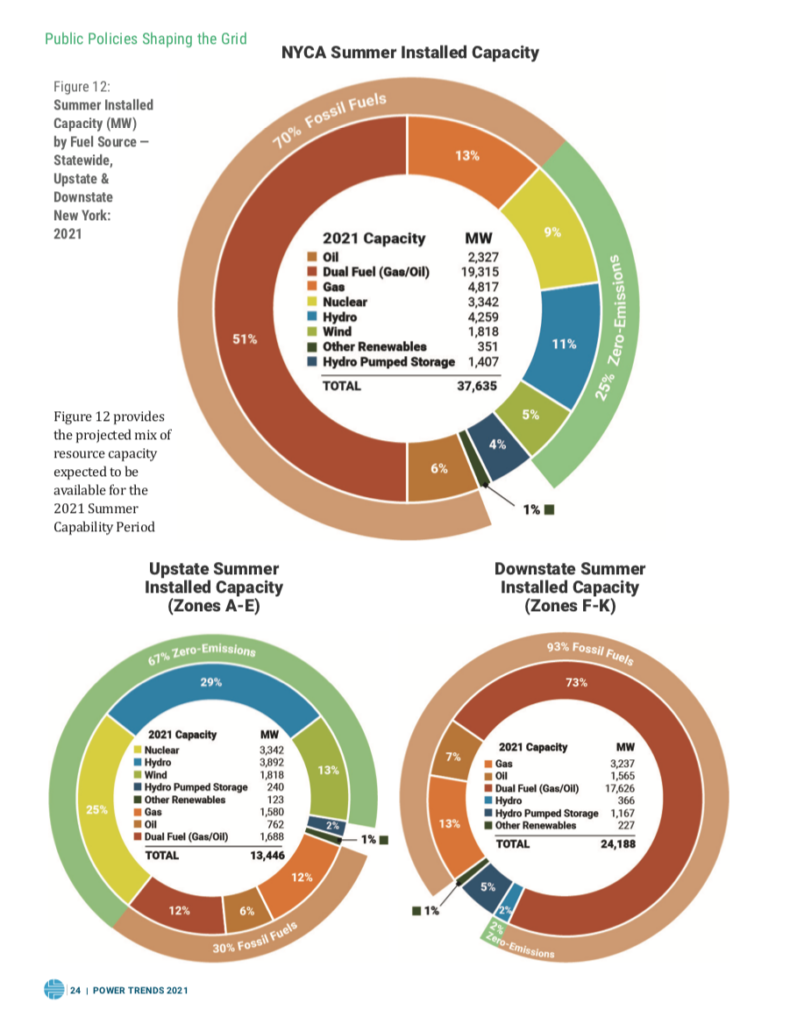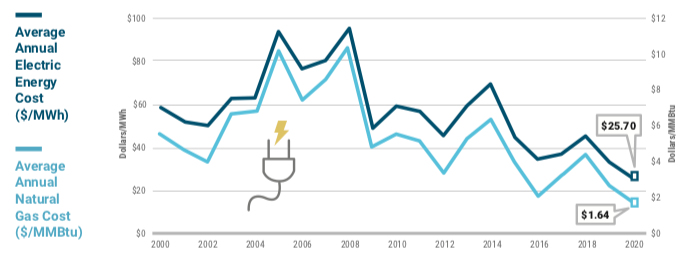Peter Lobner, updated 29 July 2022
Goodbye Indian Point 2 and 3. Your contributions of zero-carbon energy to New York’s “clean energy grid of the future” will be greatly missed.
In an average year, the 1,028-MWe Indian Point Unit 2 nuclear power plant and the 1,041-MWe Unit 3 operated at capacity factors of greater than 90% and delivered more than 18,000 GWh (thousand MWh) per year of zero-carbon electricity to the New York state electrical grid. Unit 2 was shutdown on 30 April 2020 and Unit 3 followed on 30 April 2021. Prior to its final shutdown, Unit 3 had run continuously for 753 day, which set a new nuclear industry world record. The ANS Newswire reported, “The plant’s closure is the result of a settlement agreement reached in 2017 by Entergy and the State of New York and environmental groups opposed to Indian Point’s operation. According to an April 28 (2021) news release from Entergy, its decision to accede to the shutdown was driven by a number of factors, including ‘sustained low current and projected wholesale energy prices that reduced revenues.’”
Now, Indian Point Units 2 and 3 are delivering exactly zero zero-carbon energy. I imagine the environmental groups involved in the settlement agreement are hailing the shutdowns as great achievements. I think the shutdowns represent remarkable shortsightedness (I’m using the kindest words I can think of) on the parts of Entergy and the State of New York.
New York Independent System Operator, Inc. (NYISO) operates the New York state electrical grid, which is divided into two main parts, “downstate”, which includes New York City and the Indian Point Units 2 and 3 nuclear power plants, and “upstate,” which includes the Nine Mile Point and Ginna nuclear power plants. I credit NYISO with providing the public with excellent reports that summarize their annual grid and electrical market performance. In their Power Trends 2021 report, NYISO states: “The NYISO is committed to offering the tools, skills, independent perspectives, and experience necessary to transition to a zero-emission power system by 2040.”
I’ll refer to two of those NYISO Power Trend reports to illustrate the impact of closing the Indian Point 2 and 3 nuclear power plants on progress toward New York’s “clean energy grid of the future.” Using their own graphics, let’s take a look at how NYISO was doing in 2019 (with both Indian Point Unit 2 & 3 operating), 2020 (Unit 2 shutdown in April), and their projected performance in summer 2021 (after Unit 3 shutdown).
2019: New York statewide: 58% zero-emission; Upstate: 88% zero-emission; Downstate: 29% zero-emission

2020: New York statewide: 55% zero-emission; Upstate: 90% zero-emission; Downstate: 21% zero-emission

2021: New York statewide (projected, summer): 25% zero-emission; Upstate: 67% zero-emission; Downstate: 2% zero-emission

Anyone who can draw a tend chart from 2019 to 2021 using the above three years of data and then extrapolate to the State’s goal of a zero-emission power system by 2040 can see that New York’s plans for its “clean energy grid of the future” have come off the rails. The slope of the curve to get from where NYISO is today to the State’s 2040 goal has gotten a lot steeper, and that translates directly into the cost of achieving that goal. Surely the New York ratepayers served by NYISO will pay the price in the years ahead as the State works to improve its zero-emission performance. Even getting back to where they were in 2019 would be a big improvement.
So, I reiterate that the Indian Point Unit 2 and 3 shutdowns represent remarkable shortsightedness on the parts of Entergy and the State of New York, both of which have undervalued two reliable sources of bulk zero-emission electric power generation, and have failed to appreciate Indian Point’s potential long-term contribution to achieving the State’s 2040 zero-emission power system goal (at a rate of more than 18,000 GWh per year). New York State has failed to step up and provide economic incentives to enable Entergy to compete effectively against fossil fuel generators that have been benefiting for more than a decade from the low cost of natural gas fuel. In the wholesale market, the fossil generators can undercut nuclear generators and drive the cost of electricity down to levels that no longer support the continued operation of zero-emission nuclear power plants. These trends can be seen in the following NYISO chart.

Beyond the significant loss of zero-carbon electrical generation capacity, the closure of a nuclear power plant will have significant local and statewide impacts through the loss of many full-time and temporary jobs, associated wages, and income and property taxes. You’ll find a thorough discussion of these issues in the May 2021 ANS Nuclear Newswire article, “The consequences of closure: The local cost of shutting down a nuclear power plant,” at the following link: https://www.ans.org/news/article-2877/the-consequences-of-closure-the-local-cost-of-shutting-down-a-nuclear-power-plant/
R.I.P. Indian Point Units 2 and 3.
Update – 29 July 2022
In July 2022, the American Nuclear Society reported, “Stats show that closing Indian Point was a ‘mistake’ for New York.” I’d say that’s putting it mildly.
For more information:
- “Indian Point-2 to power down for good today,” Nuclear Newswire, American Nuclear Society, 30 April 2020: https://www.ans.org/news/article-134/indian-point2-to-power-down-for-good-today/
- “Indian Point closes today, ending some 60 years of clean power generation,” Nuclear Newswire, American Nuclear Society, 30 April 2021: https://www.ans.org/news/article-2856/indian-point-closes-today-ending-some-60-years-of-clean-power-generation/
- “Power Trends 2121 – New York’s Clean Energy Grid of the Future – The New York ISO Annual Grid & Markets Report,” New York ISO, 2021: https://www.nyiso.com/documents/20142/2223020/2021-Power-Trends-Report.pdf/471a65f8-4f3a-59f9-4f8c-3d9f2754d7de
- “The New York ISO Annual Grid & Markets Report – The Vision for a Greener Grid – Power Trends 2020,” New York ISO, 2020: https://www.nyiso.com/documents/20142/2223020/2020-Power-Trends-Report.pdf/dd91ce25-11fe-a14f-52c8-f1a9bd9085c2
- “Stats show that closing Indian Point was a “mistake” for New York,” American Nuclear Society, Nuclear Newswire, 26 July 2022: https://www.ans.org/news/article-4158/stats-show-that-closing-indian-point-was-a-mistake-for-new-york/